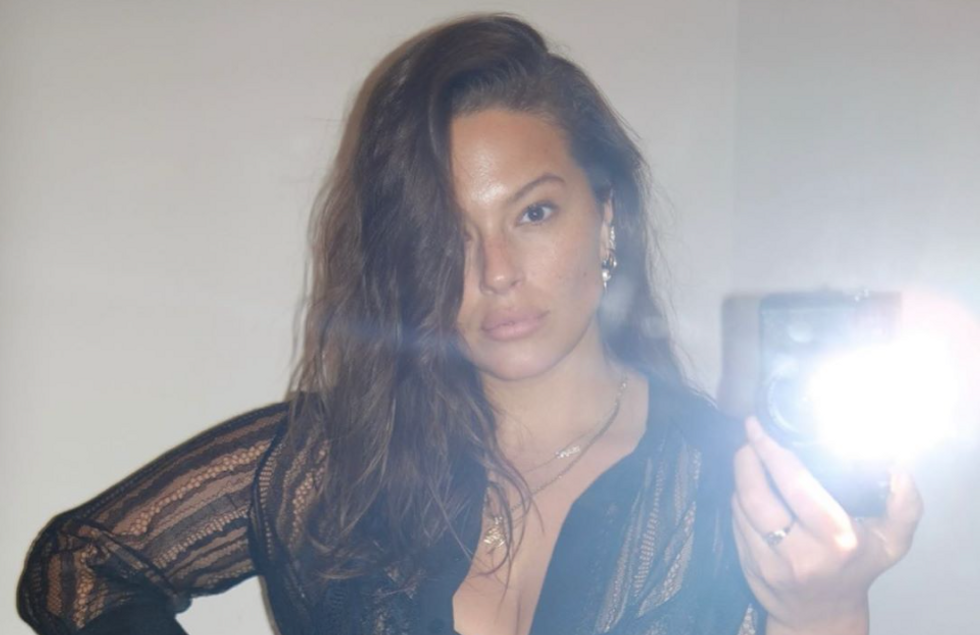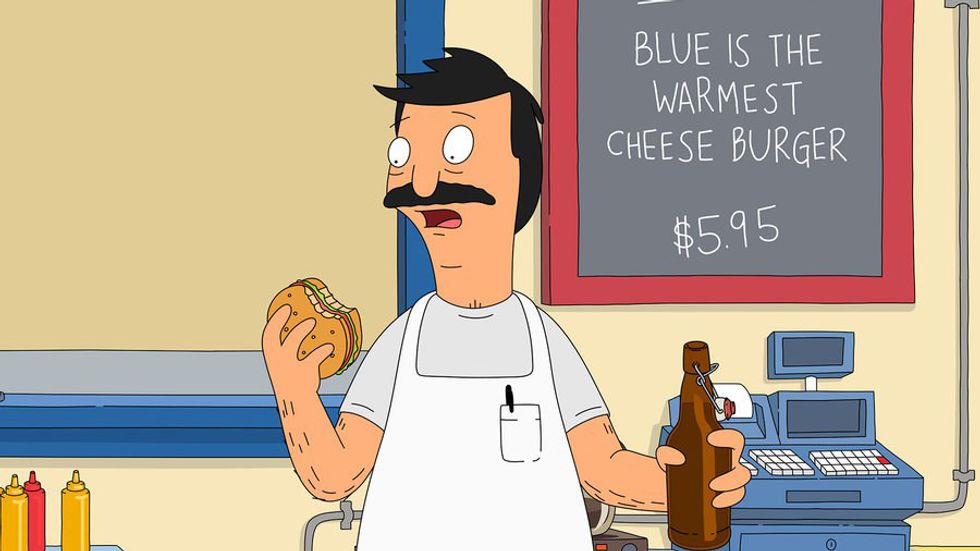Contrary to popular belief, the term "plus-size" is not a new thing.
Many believe the phrase went viral in the mid-2000s when social media became a larger component in our lives, but it has actually been around way longer than any of us might recall.
"Plus-size" was popularized in the early 20th century by the famous retail store Lane Bryant. In 1922, they began marketing for their new addition to their clothing repertoire "Misses Plus Sizes." Lane Bryant, along with many other retail stores at the time, did not have a labeled section for men, only women.
The section started with a "size 16," advertising that the bust measurement for this size was 36 inches. To put that into perspective, a size 16's bust measurement today is 44 inches, with 36 inches relatively measuring out to be a size 12. Along with tops and brassieres, Lane Bryant also marketed pants and bottoms, starting their collection with a size 10, or 35 inches. In modern-day America, the average waist measurement for women is 38.7 inches or the relative equivalent jean size 20 (when using American Eagle sizing charts).
These sizing standards do not reflect women's measurements today, yet they continue to define "plus-size" clothing in many retail stores. This label singles out women who are statistically average and carries with it a negative connotation involving size and personal health. Many women who are perceived as being "plus-size" are often categorized as being lazy, unhealthy, and unfit to participate in trendy fashion statements. There are even articles on what to and what not to wear if you are a "plus-size" woman, further limiting their expression and inclusivity.
Due to ongoing fashion trends of being tall, lean, and skinny, as well as social aspects associated with the term, "plus-sized" women have had a negative association that reflects not only models in the industry, but average day-to-day women as well. Of course, in recent years there has been a push for deconstructing the pessimistic view of larger-set women. Since the early 2010s, there have been countless body positivity movements that help destigmatize the damaging affiliations from different than "average" body types, however, there is still a long way to go before everyone can start to feel comfortable in their own skin. Unfortunately, larger-set women happen to be the main target and have been for a long time. Many believe the social construct of "plus-sized" women being treated differently is a myth, others say it is still happening and not going anywhere for a while.
I decided to send a form out and ask women of all ages how they personally felt about the term "plus-size." In the form, the questions consisted of asking about age, a brief answer on their thoughts of the term, and any additional thoughts they would like to add. All answers were recorded anonymously and used purely for data and research purposes only.
If you, the reader, are like me, then you probably think that because of today's body positivity movements and strife for ending body-shaming terms, most, if not all, responses would have an offended tone and disagree with the use of the term. However, that is not the case — in fact, it's far from it.
Out of 85 total responses, only 69% of participants founded the term insulting or offensive. Of course, that is still a high number, more than half of the responses, however because of the recent trends some might expect that number to be higher than it is.
When asked why they feel that way towards the term, many respondees had similar answers, like how it is "degrading to women" or because of the "negative stigma around it" (as mentioned before, the stigma surrounding "plus-size" women often assume people in that community are lazy and unhealthy). Others had more in-depth reasons as to why they view the term offensive. One contributor mentioned how they didn't see the reason why there had to be another section dedicated to these larger sizes, instead, why not just "have [extra] sizes without label them [as "plus"]. Another begs the rhetorical question "why do we have to put women's bodies into categories" and does not agree with using the term.
Many comments that related to negative feelings towards the phrase also gave physical attributes to the disadvantages of being "plus-size." Some women described the clothes provided as "old-lady looking," especially for younger people who fit into the category, having to shop for trendy and fashionable clothes in their sizes can be difficult. Others pointed out that the clothes offered in "plus-size" sections tend to be more expensive than the "straight sizes" (most brands carry 0-12 as straight, 14+ as plus). The "fat-tax" is described as tax added onto "plus-size" clothing to accommodate for the extra material. While that might be true, the majority of Americans are shopping in the "plus-size" range, so why base it off of the "straight size" price?
As previously mentioned, not all who participated in the survey fell into the "insulted" category. 13% of participants felt unbothered by the term, with some even having a positive outlook on it. One person explained how the phrase "plus-size" felt "better than calling someone fat or obese." Another mentioned how it was simply "a way to describe larger clothes, nothing to get offended over" (it should be mentioned that many of those who responded that they were not offended by the term admitted that they did not personally fit the category and therefore could not give a representable opinion).
A significant amount of respondees could not argue "for" or "against" the term and therefore settled on feelings of indifference. 18% had mixed feelings about the term and gave explanations for why the term could be used as positive and negative. One woman explained how she had struggled with her size for years and had been previously offended by the phrase, however after having role models such as Ashley Graham, an American self-proclaimed plus-size model, they were able to "gain confidence in [their] body" and felt "accepted and empowered." Another woman gave insight into how the "label [itself] is less problematic than the lack of selection." Many brands will have a line of clothing that only goes up to straight sizes, then once reaching the "plus" numbers will alter their designs or stop the line in general. This marketing strategy produces a lack of accessibility for "plus-sized" clothing and limits a buyer's options in diverse attire.
Many stores are making great strides in becoming size-inclusive for all, including American Eagle, Eileen Fisher, Free Label, Big Bud Press, and others. These stores range anywhere from XXS to 4XL, many of which don't call for higher prices per higher sizes. Other stores, similar to Free Label don't even find the need for separate sections for larger clothing, incorporating all sizes in the same module.
While it's true body positivity and acceptance is becoming a larger trend in recent years, there is still a lot of work that needs to be done in today's media to truly live up to women's standards. Some ways that could be utilized to make the fashion and clothing industry a more accepting and encompassing atmosphere would be to use size-inclusive models to display their brand, extending sizes beyond "straight-sizing," keep design and style consistent with the larger sizes and branch out to newer audiences and targets.
The most important thing a company, and you, could do to contribute to the body positivity movement is to accept diversity and practice inclusion for all.
Regardless of size.



































